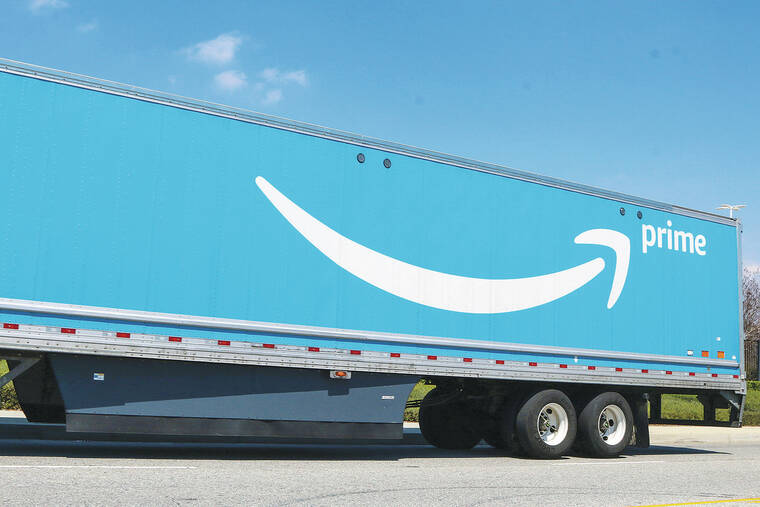FTC, Amazon spar over antitrust lawsuit that could ‘alter’ the company
In the months since the Federal Trade Commission sued Amazon over allegations of anti-competitive and monopolistic behavior, the two parties have debated the schedule, the scope and the rationale of the case itself.
Amazon asked a federal judge in Seattle to dismiss the case in December, arguing the business practices in question have lowered prices for consumers and are common across the retail industry. Amazon described the FTC’s lawsuit as an “attack” and an “effort to hobble one of America’s most consumer-focused businesses.”
ADVERTISING
The FTC responded Tuesday, asking U.S. District Judge John Chun to allow the case to proceed. Taken together, Amazon’s conduct creates a self-reinforcing monopoly that edges out competitors and raises prices across the Internet, the FTC argued.
The case against Amazon is “a straightforward story of illegal conduct,” attorneys for the agency wrote Tuesday. “It lays out how Amazon is a monopolist … enriching itself while harming its customers.”
Attorneys for Amazon wrote that the agency is seeking “structural relief that could fundamentally alter Amazon’s business.”
It’s still not entirely clear what changes the FTC seeks, and it may take years for the case to resolve.
While Amazon says the FTC’s proposed schedule doesn’t provide enough time for the “excessive” amount of information the agency has requested it provide, the FTC says the case must “move forward as quickly as possible,” attorneys wrote in a joint status report filed in December. “Every day that passes is another day of harm inflicted on shoppers, sellers and competition.”
The two parties are also deadlocked over how many company insiders Amazon must make available for deposition. The company has asked to limit the FTC to deposing only 10 Amazon witnesses, while the FTC is seeking to talk to over 100 people.
On Tuesday, the FTC alleged “the price on Amazon — which often includes Amazon’s bloated fees — effectively becomes the price floor market-wide.”
In an important element of its sweeping lawsuit, the FTC accused Amazon of “quietly and deliberately” raising prices for shoppers using an algorithm internally called Project Nessie.
That algorithm predicted the likelihood that another online store that was currently offering a lower price on an item would match Amazon’s raised price. Amazon estimated it extracted $1 billion from American households using the algorithm, according to the FTC’s complaint.
In its motion to dismiss, Amazon said the claims related to Nessie were not relevant because it only used the algorithm for limited products and stopped using it in 2019.
But, the FTC said in its original complaint and again Tuesday, Amazon executives have considered turning the algorithm back on.
As the case progresses, the FTC has asked Amazon to provide an “organized list, schematic or diagram” to show how and where the company stores its information — including emails, voice mails and instant messages.
The agency previously accused Amazon executives of destroying two years of communications that the FTC had requested as part of its years-long investigation into the company. Amazon has said those accusations are “baseless.”


